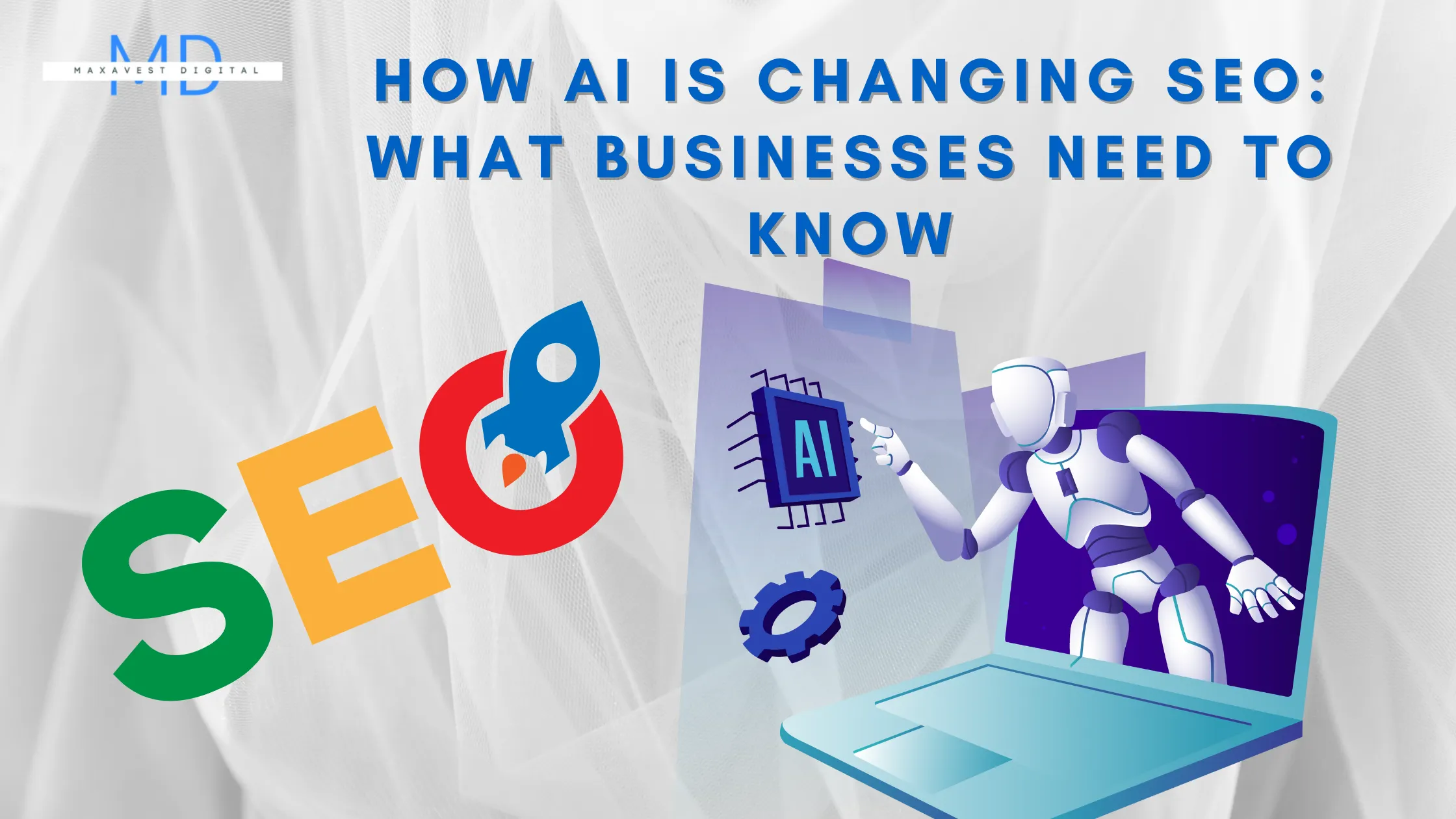The Rise of Micro-Influencers: Why Small is the New Big

By Gbenga Akinyemi
In a world where social media influencers dominate the landscape of marketing, the shift towards micro-influencers has emerged as a game-changer. Brands are starting to realize that bigger isn't always better. The allure of these smaller, more intimate voices is transforming the way companies engage with their audiences. Micro-influencers, often more relatable and authentic, are carving out their space in a market saturated with macro and mega influencers. But why exactly is small becoming the new big in influencer marketing?
Understanding Micro-Influencers: The New Wave of Marketing
Micro-influencers are steadily gaining traction in the digital realm, offering a fresh, grassroots approach to influencer marketing. They may not have millions of followers, but what they lack in numbers, they more than make up for in trust and authenticity. The intimate connection they foster with their audience is redefining how brands perceive influence and reach.
What Exactly is a Micro-Influencer?
At its core, a micro-influencer is a social media personality with a modest following, typically ranging from 1,000 to 100,000 followers. But it’s not just about follower count. These influencers excel in building deep relationships with their niche audiences, often focusing on a specific area of interest, be it fashion, travel, fitness, or food. Their content resonates on a personal level, making their recommendations and endorsements feel less like advertisements and more like advice from a trusted friend.
Defining the Micro-Influencer: Audience Size and Engagement
While macro and mega influencers boast impressive follower numbers, micro-influencers are known for their high engagement rates. Their smaller, more focused audiences tend to be highly invested in their content, often interacting, commenting, and sharing with a level of enthusiasm that larger influencers rarely see. This combination of tight-knit communities and niche appeal makes micro-influencers a powerful force for brands looking to connect more genuinely with their target demographic.
The Distinction Between Micro, Macro, and Mega Influencers
It's important to understand the distinctions between different types of influencers. Macro-influencers typically have between 100,000 to 1 million followers, while mega influencers, such as celebrities, boast millions of followers. However, the bigger the influencer, the more distant and generic their connection tends to be with their audience. Micro-influencers, on the other hand, thrive on cultivating personal, two-way relationships, giving them a unique edge in today's marketplace.
How to Find the Right Influencers for Your Brand
The Appeal of Authenticity: Why Micro-Influencers Resonate
In an age of digital ad fatigue, consumers are increasingly craving authenticity. This is where micro-influencers shine. Their content feels organic, relatable, and far more genuine than that of their macro counterparts. They aren't polished to perfection, which makes them real, approachable, and trustworthy in the eyes of their followers.
Trust and Credibility: Building Genuine Connections
Micro-influencers have built their reputation on trust. Their followers often perceive them as experts within their niche, valuing their opinions and recommendations. This credibility is essential in marketing today, where consumers are bombarded by advertising and often skeptical of celebrity endorsements. Micro-influencers bridge the gap between brands and consumers, offering a voice that feels more like a friend’s than a salesperson’s.
Relatable Content: How Micro-Influencers Create Community
The relatability factor is what sets micro-influencers apart. They share content that feels attainable, authentic, and sincere, often reflecting the realities of their followers’ lives. This sense of community, built on shared values and interests, makes their followers more likely to engage with the content, share it, and even take action based on it.
Engagement Over Reach: The Micro-Influencer Advantage
Brands often chase reach, but when it comes to influencer marketing, engagement is the true metric of success. Micro-influencers may not have the largest audiences, but they have loyal followers who are more likely to like, comment, and share. In fact, studies show that micro-influencers often have higher engagement rates than influencers with larger followings.
Higher Engagement Rates: The Data Behind the Trend
According to industry research, engagement rates for micro-influencers tend to be around 7% or higher, compared to the 2-3% seen with larger influencers. This engagement leads to more meaningful interactions with followers and a higher likelihood of conversions for brands. It’s quality over quantity—a smaller, engaged audience is more valuable than a vast, indifferent one.
Niche Targeting: Reaching Specific Audiences Effectively
Micro-influencers are masters of niche marketing. They speak directly to a specific audience, ensuring that their content is highly relevant and targeted. Brands can tap into these niche communities to reach the exact type of consumer they want, whether it’s outdoor enthusiasts, vegan foodies, or fitness junkies. This precision makes micro-influencers incredibly effective for niche targeting.
Cost-Effective Marketing: Budget-Friendly Collaborations
The cost of influencer marketing can be daunting, especially when dealing with big-name influencers. However, micro-influencers offer a budget-friendly alternative without sacrificing quality or results. In fact, many brands find that working with a number of micro-influencers can yield better results than a single expensive celebrity endorsement.
Comparing Costs: Micro-Influencers vs. Traditional Advertising
Traditional advertising, whether on TV, radio, or even online ads, can be costly and often lacks the personal touch that modern consumers crave. Micro-influencers, by contrast, offer a way to create genuine, relatable content at a fraction of the cost. Their fees are often more affordable, making them an ideal choice for smaller businesses or startups looking to stretch their marketing budget.
Maximizing ROI: How Brands Benefit from Smaller Influencers
Micro-influencers often provide a higher return on investment (ROI) because they drive real engagement and conversions. Their followers trust them, and as a result, they're more likely to take action, whether that’s buying a product, signing up for a service, or sharing the content. Brands that collaborate with micro-influencers see better targeting, more engagement, and ultimately a stronger ROI.
Building Stronger Brand Loyalty Through Micro-Influencer Partnerships
Micro-influencers aren't just one-off collaborators; they can become long-term brand ambassadors. Their authenticity and trustworthiness make them the perfect partners to build sustained loyalty for a brand.
Creating Authentic Brand Ambassadors
Because micro-influencers naturally align with the values of their audience, they make ideal brand ambassadors. When a brand partners with a micro-influencer, the relationship feels less transactional and more like a genuine collaboration. This authenticity is key to creating ambassadors who will passionately advocate for a brand over the long term.
Fostering Long-Term Relationships: The Loyalty Factor
By working with micro-influencers over time, brands can build strong, loyal partnerships that go beyond a single campaign. These influencers become trusted voices for the brand, and their long-term involvement fosters deeper loyalty among their followers. This relationship-building is critical for sustained brand growth and consumer loyalty.
Measuring ROI in Influencer Marketing: What Metrics Matter?
Success Stories: Brands Winning with Micro-Influencers
Several brands have already harnessed the power of micro-influencers, yielding impressive results. By partnering with influencers who align with their values, companies have been able to create authentic, impactful campaigns that resonate with consumers.
Case Studies of Effective Micro-Influencer Campaigns
Brands like Glossier, Daniel Wellington, and Airbnb have successfully used micro-influencers to reach niche audiences and create a groundswell of support. These companies understood that by leveraging the genuine connections micro-influencers have with their followers, they could generate buzz, increase brand awareness, and drive sales.
Lessons Learned: What Brands Can Take Away
From these campaigns, it’s clear that authenticity, relatability, and trust are key. Brands that focus on building genuine relationships with micro-influencers, rather than treating them as mere marketing tools, are the ones that will see the greatest success.
Navigating the Challenges of Working with Micro-Influencers
While the benefits of working with micro-influencers are clear, there are challenges as well. Finding the right influencers and measuring the success of a campaign requires careful strategy and consideration.
Finding the Right Fit: Aligning Values and Aesthetics
Not every micro-influencer will be the perfect fit for your brand. It’s essential to find influencers whose values and aesthetics align with yours. This ensures that their endorsements feel genuine and resonate with their audience in a way that’s consistent with your brand image.
Measuring Success: KPIs for Micro-Influencer Campaigns
Success in micro-influencer marketing isn’t just about likes or shares. Brands need to define clear key performance indicators (KPIs) to measure the effectiveness of their campaigns, such as conversion rates, engagement metrics, and brand awareness.
The Future of Influencer Marketing: Trends to Watch
As influencer marketing continues to evolve, micro-influencers are poised to play an even more significant role. Their authenticity, relatability, and ability to foster deep connections will only grow in importance as consumer expectations shift.
Evolving Consumer Expectations: The Shift Towards Authenticity
Consumers are becoming more discerning. They want brands to be real, transparent, and authentic, and they expect the same from influencers. Micro-influencers, with their relatable, down-to-earth content, are perfectly positioned to meet this demand.
Emerging Platforms: Where Micro-Influencers Are Headed
With the rise of platforms like TikTok and the continued evolution of Instagram, micro-influencers are finding new ways to engage with their audiences. These platforms prioritize content that feels authentic and spontaneous—qualities that micro-influencers embody.
Strategies for Brands: How to Leverage Micro-Influencers
For brands looking to harness the power of micro-influencers, the key lies in strategy. Finding the right influencers, building authentic relationships, and crafting campaigns that allow influencers to express themselves authentically is essential.
Identifying and Engaging Micro-Influencers in Your Niche
Finding the right micro-influencers is crucial to a successful campaign. Start by searching for individuals who align with your brand’s values and aesthetics. Use tools that allow you to filter influencers based on their audience demographics, engagement rates, and content type. Consider not only how many followers they have, but also the level of interaction they cultivate with their audience. Once identified, engage them in meaningful ways, offering value beyond a simple transaction. Collaborate on content ideas that allow them to maintain their unique voice while promoting your brand authentically.
Crafting Campaigns That Empower Micro-Influencers
The most effective campaigns are those where micro-influencers feel empowered to create content that resonates with their audience. Rather than dictating every detail of a campaign, give influencers the creative freedom to interpret your brand in their own style. Their followers trust them for their individuality, so maintaining that authenticity is key. By giving them space to be true to themselves, the message will come across as genuine, boosting both engagement and brand credibility.
Conclusion: Embracing the Micro-Influencer Revolution
Micro-influencers are not just a passing trend; they represent the future of influencer marketing. In a digital landscape that increasingly values authenticity, trust, and meaningful connections, these smaller-scale influencers are proving that their impact far exceeds their follower count. Brands that invest in building lasting, authentic relationships with micro-influencers will not only maximize their marketing budgets but also foster deeper loyalty and connection with their consumers.
The rise of micro-influencers shows that in today’s world, small truly is the new big. Brands looking to succeed in the ever-evolving digital marketing space must embrace this revolution, investing in the voices that resonate most with today’s discerning consumers. The future of marketing lies in the hands of these relatable, credible individuals—an exciting frontier where authenticity reigns supreme.

























